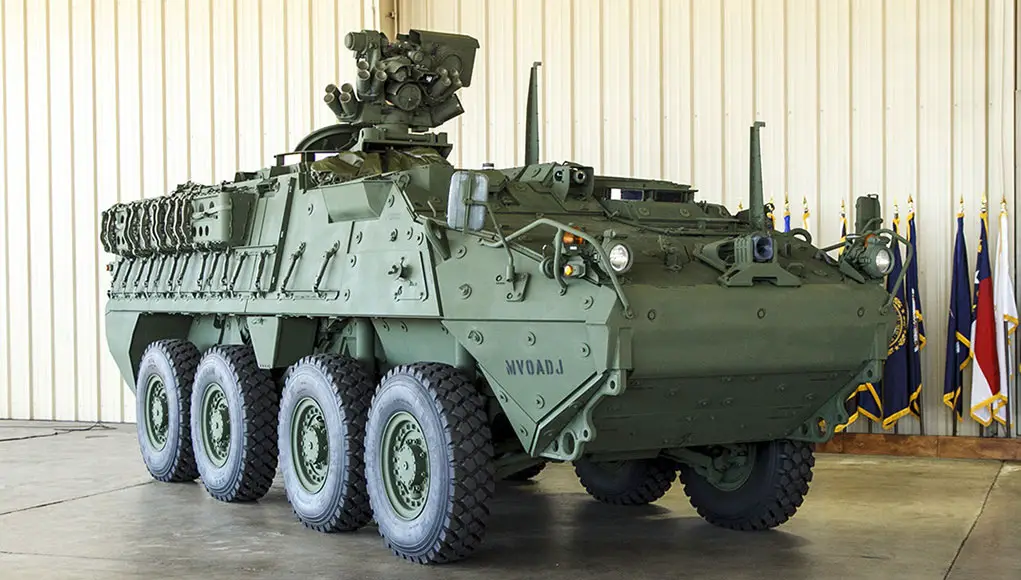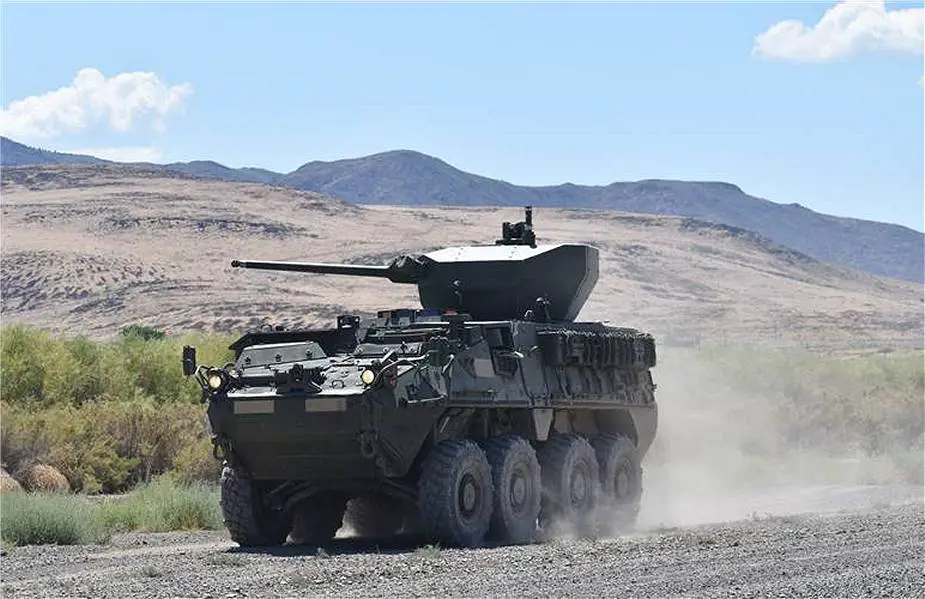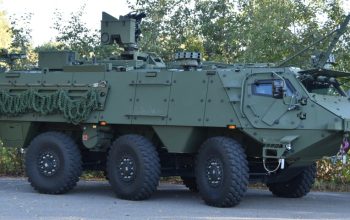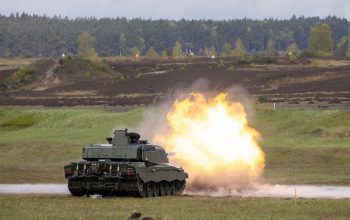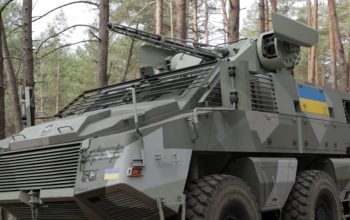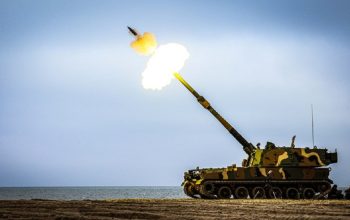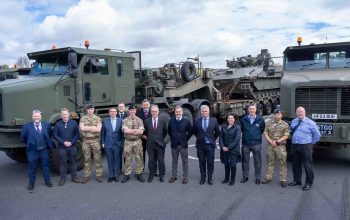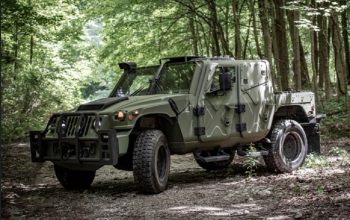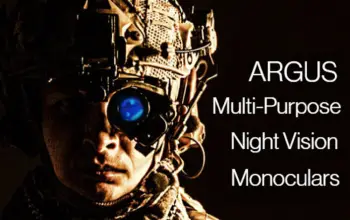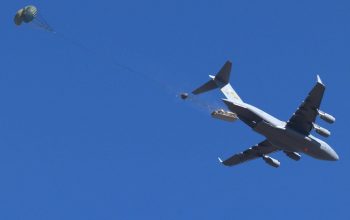The U.S. Army has chosen Oshkosh Defense to build its new Medium Caliber Weapon System (MCWS) — a 30mm, unmanned turreted auto-cannon — for the Stryker combat vehicle. The first delivery order covers 91 vehicles valued at roughly $130 million. The first unit to receive the MCWS Strykers will be the I-2 Stryker Brigade Combat Team out of Joint Base Lewis McChord in Washington State. The U.S. Army could build up to six Stryker Brigades with the MCWS version so the potential contract value is roughly $942 million over six years.
Oshkosh beat out two other teams and it was a General Dynamics Land Systems and Kongsberg Defense team and a Leonardo DRS and Moog team. the U.S. Army had decided, after upgunning some of its Stryker vehicles with a 30mm cannon, that it would proceed to outfit at least three of its six brigades of Double V-Hull A1 Stryker Infantry Carrier Vehicles with the more powerful guns and would hold a competition to acquire that weapon system. The MCWS program will be carried out in two phases that will culminate in equipping a Stryker DVH A1 brigade in fiscal year 2022.
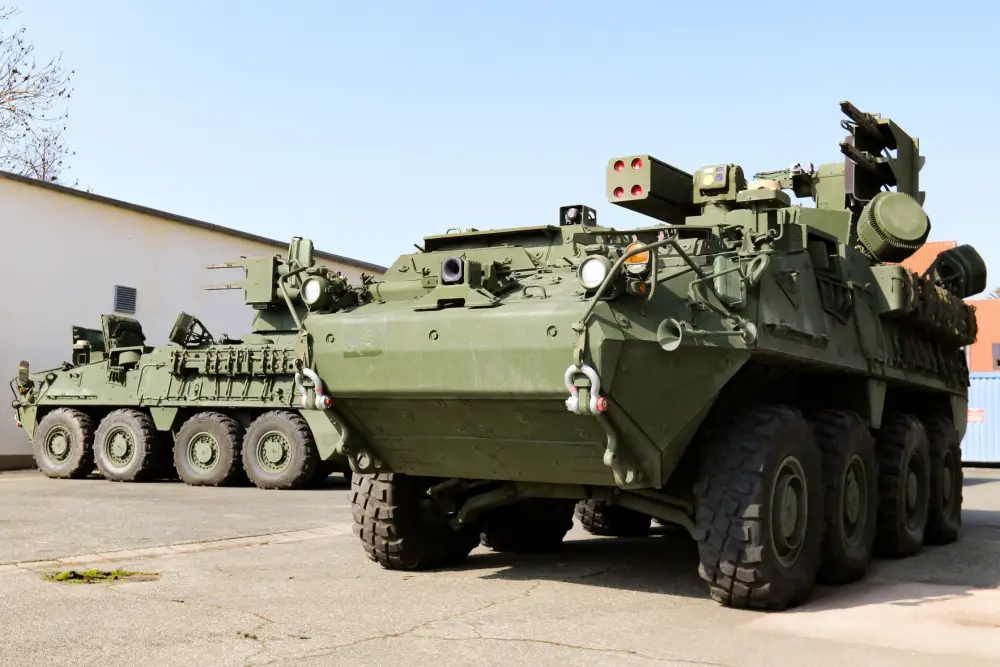
The Oshkosh team is comprised of Pratt Miller, which began the competition as a separate company, but in December 2020, the Joint Light Tactical Vehicle-maker Oshkosh purchased the company for $115 million. The New Hudson, Michigan-based Pratt Miller will keep its name, team, facilities and branding Pratt Miller was teamed up with Rafael in which government testing of offerings is ongoing. The Israeli government recently expressed enthusiastic interest in mating Oshkosh vehicles with Rafael’s Iron Dome missile defense system.
The U.S. Army decided to outfit three out of six of its brigades equipped with Double V-Hull A1 Stryker Infantry Carrier Vehicles with 30mm guns — a total of 83 vehicles per brigade — following an Army Requirements Oversight Council review evaluating the performance of the 30mm Stryker Dragoon operated in Europe by the 2nd Cavalry Regiment. The U.S. Army chief of staff directed the Army to ensure the new MCWS capability be applied to the more mobile protected DVH ICVVA1 that will be the basis for the future Stryker fleet.
